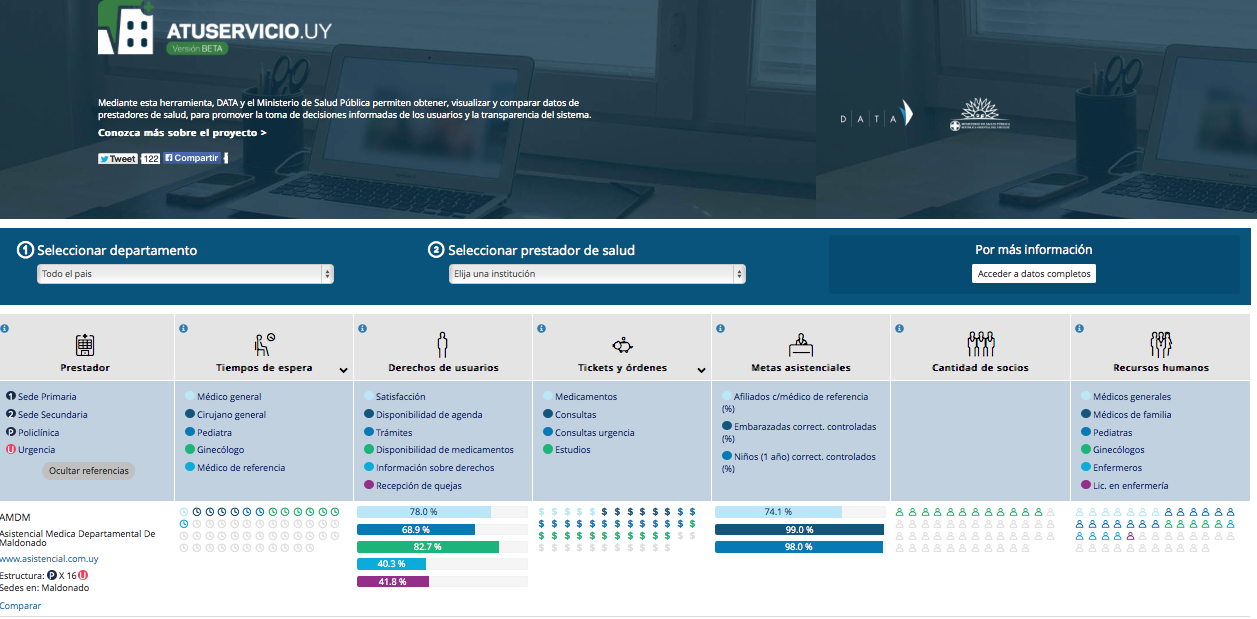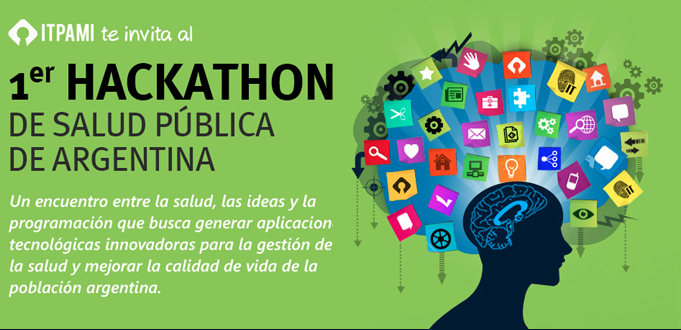Saludos - health and open data in Uruguay and Argentina
In order to provide health services to citizens the public health sector is required to collect rich and varied data pertaining to all aspects of the sector - everything from location of pharmacies, to what is in our prescriptions drugs, to personal health files and hospital budgets. Different stakeholders, such as insurance companies and researchers, would love access to this rich data source but the extremely sensitive nature of this data, often containing confidential data on citizens, makes it necessary for public agencies to proceed slowly and cautiously. If sufficient precautions are not taken and private data (without the necessary safeguards) makes its way into the hands of third parties, as was the case in the UK with the NHS, public trust is likely to be lost.
Despite these risks, it is possibile to develop transformative open data initiatives with health data without risking patient privacy. In two Latin American countries public health data was used in order to improve health services through ATuServicio in Uruguay and Innovation Technology in PAMI in Argentina. Both initiatives were collaboratively developed by both government and civil society. While still in their early stages, they demonstrate just a few of the ways open data is improving public service delivery.
When it comes to open data, Uruguay is one of the most advanced countries in the Latin America. Together with Colombia, the country is ranked 12th in the world on the [Global Open Data Index] (http://global.index.okfn.org), the highest rank in Latin America. The national government is promoting open data policies and implementing these policies through the national agency for E- Government, AGESIC. AGESIC promotes openness and re-use of open data through dialogue with civil society organizations, mostly in the form of round tables. In Uruguay, the local open data civil society advocacy group DATAUY, a volunteer-based organization is incredibly influential and regularly in attendance at these round tables discussions.
The idea for ATuServicio emerged from one of these public consultations. In Uruguay, citizens choose their health care service providers and once an individual has been with a service provider for three years or more, the individual becomes eligible to change their service provider at the beginning of each year. The government collects data on service quality from every service provider. The data was divided up into separate indicators and ultimately was not made available in a format that would allow citizens to easily compare key performance indicators of health care providers.
In 2013, DATA began to work with 180 Ciencia, a journalism portal, to create the application, Temporada de pases (‘Transfer season’ in English), that allowed users to answer a few simple questions about themselves and then receive a recommendation for a health service provider that would best suit their needs. Unfortunately, the data was of poor quality and had little metadata, forcing the DATA team to spend a disproportionate amount of time just getting the data into a usable, understandable format. Therefore the application was not widely used. DATA used the OGP roundtable discussions that were taking place to bring the problem with the health data to the attention of government. Together they decided on a different approach.
Both DATA and the government wanted citizens to be able to easily compare services, and in the future even to send feedback to the service provider. The new application, A Tu Servicio (‘At your service’ in English) allowed the user to choose various parameters and a location and then to compare services based on certain indicators. This give the user a view on all available choices and allowed them to make the choice that would best suit their needs, without bias.
The approach taken for the development of ATuServicio was new to the government of Uruguay. The development was undertaken by DATA as opposed to a government office. DATA was not a contractor. The project was a partnership between government and civil society, but had no legal binding framework, a topic which made the cooperation more difficult at times. Both sides had equal input in designing and building the system and the resulting feedback loops between civil society and government helped them to improve the data quality and add more indicators.
 Atuservicio screenshot
Atuservicio screenshot
A Tu Servicio was officially launched in the beginning of February 2015. 1,500,000 people were eligible to switch providers but would have to do so by the end of February 2015. In one month, the site reached 34,000 people. While this is only 2% of the potential user population, it is important to note that the vast majority of these potential users might not be considering switching providers. Finally, this was a pilot project that both parties are now trying to improve upon. For example, there will be, among other new features, a feedback function to serve as a data quality check and there are plans to promote the platform earlier and to a wider audience next year. Both DATA and the government hope that these improvements will help A Tu Servicio provide more users make decisions that are right for them in the years to come.
If we cross to Rio De La Plata, the situation in the neighbouring Argentina is significantly different to Uruguay. In the Global Open Data Index, Argentina is ranked 48th in the world, well behind Uruguay’s 12th place ranking. Most datasets are still not open at the national level and commitments to engage with and promote open data have just been postponed by national government. Nevertheless, there is one new initiative using data to improve public service delivery for citizens that has proved innovative and effective.
The Comprehensive Medical Attention Program, PAMI (Por una Argentina con Mayores Integrados in Spanish) is a public agency that provides health and medical insurance services. PAMI, is the biggest Medical Insurance Agency in Latin America and has 4.6 million beneficiaries, the majority of which are from aging population such as pensioners and veterans, and has facilities all over the country. PAMI was one of the first government agencies to computerise and to collect data on the services they provide.
In 2014, PAMI started a process of publishing data on their open data portal. The idea was to allow to the public to build applications that would help PAMI users have better access to services. To promote the use of data, PAMI held a hackathon in Buenos Aires that brought medical practitioners, designers and developers together to develop apps specifically designed to support aging populations benefiting from PAMI services.
 PAMI Hackathon poster
PAMI Hackathon poster
One application that was created helps PAMI in their digital inclusion programme. PAMI already help pensioners to overcome the digital divide by providing them classes in their centers, and they wanted to create applications that can be used by them. One of those apps was pleasyweb ‘Todos Conectados’ - a website which helps the disabled population to modify their devices so they can support their online needs (such as providing a bigger font on a darker background). Though this is not open data, this application helps PAMI to connect with their population and offer them services online such as PAMI PRESENTE - an interactive map that shows to users where they can get PAMI services across the country. In addition, PAMI has opened some of their in house applications for public collaboration, and there is an activity on it from the local open data community. PAMI’s engagement with the open data community is in its early stages but but the team is working and developing projects to expand their digital activities to other regions in Argentina and continue to work closely with local communities to ensure that the solutions they build meet the needs of their users.
These examples demonstrate that health services can be improved where civil society and government come together to build applications and tools that improve citizen access to vital services. We are at beginning of larger effort to use open data to monitor service compliance and improve citizen access to information about the services they depend on. This effort remains largely exploratory at the moment and the solutions that are developing will likely go through many iterations. However, the hope is that as time goes by, we can learn how to improve this process and move it forward.
- Improve this page Edit on Github Help and instructions
-
Donate
If you have found this useful and would like to support our work please consider making a small donation.
